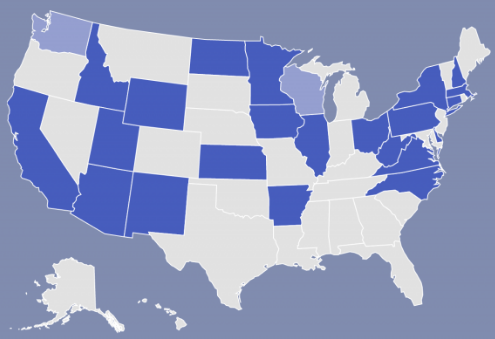English Court Rules that Respondents Can Use Predictive Coding in Contested Case: eDiscovery Case Law
In Brown v BCA Trading, et. al. [2016] EWHC 1464 (Ch), Mr. Registrar Jones ruled that, with “nothing, as yet, to suggest that predictive coding will not be able to identify the documents which would otherwise be identified through, for example, keyword search”, “predictive coding must be the way forward” in this dispute between parties as to whether the Respondents could use predictive coding to respond to eDisclosure requests.
The May 17 order began by noting that “the question whether or not electronic disclosure by the Respondents should be provided, as they ask, using predictive coding or via a more traditional keyword approach instead” was “contested”. With the “majority of the documents that may be relevant for the purposes of trial…in the hands of the First Respondent”, the order noted that fact is “relevant to take into account when considering the Respondents’ assertion, presented from their own view and on advice received professionally, that they think predictive coding will be the most reasonable and proportionate method of disclosure.” The cost for predictive coding was estimated “in the region of £132,000” whereas the costs for a key word search approach was estimated to be “at least £250,000” and could “even reach £338,000 on a worst case scenario” (emphasis added). In the order, it was acknowledged that the cost “is relevant and persuasive only to the extent that predictive coding will be effective and achieve the disclosure required.”
With that in mind, Mr. Registrar Jones stated the following: “I reach the conclusion based on cost that predictive coding must be the way forward. There is nothing, as yet, to suggest that predictive coding will not be able to identify the documents which would otherwise be identified through, for example, keyword search and, more importantly, with the full cost of employees/agents having to carry out extensive investigations as to whether documents should be disclosed or not. It appears from the information received from the Respondents that predictive coding will be considerably cheaper than key word disclosure.”
The order also referenced the ten factors set out by Master Matthews in the Pyrrho Investments case (the first case in England to approve predictive coding) to help determine that predictive coding was appropriate for that case, with essentially all factors applying to this case as well, except for factor 10 (the parties have agreed on the use of the software, and also how to use it).
So, what do you think? Do you think parties should always have the right to use predictive coding to support their production efforts absence strong evidence that it is not as effective as other means? Please share any comments you might have or if you’d like to know more about a particular topic.
For more reading about this case, check out Chris Dale’s post here and Adam Kuhn’s post here.
Don’t forget that tomorrow at 1:00pm ET, ACEDS will be conducting a webinar panel discussion, titled How Automation is Revolutionizing eDiscovery, sponsored by CloudNine. Our panel discussion will provide an overview of the eDiscovery automation technologies and we will really take a hard look at the technology and definition of TAR and the limitations associated with both. This time, Mary Mack, Executive Director of ACEDS will be moderating and I will be one of the panelists, along with Bill Dimm, CEO of Hot Neuron and Bill Speros, Evidence Consulting Attorney with Speros & Associates, LLC. Click on the link here to register.
Disclaimer: The views represented herein are exclusively the views of the author, and do not necessarily represent the views held by CloudNine. eDiscovery Daily is made available by CloudNine solely for educational purposes to provide general information about general eDiscovery principles and not to provide specific legal advice applicable to any particular circumstance. eDiscovery Daily should not be used as a substitute for competent legal advice from a lawyer you have retained and who has agreed to represent you.








